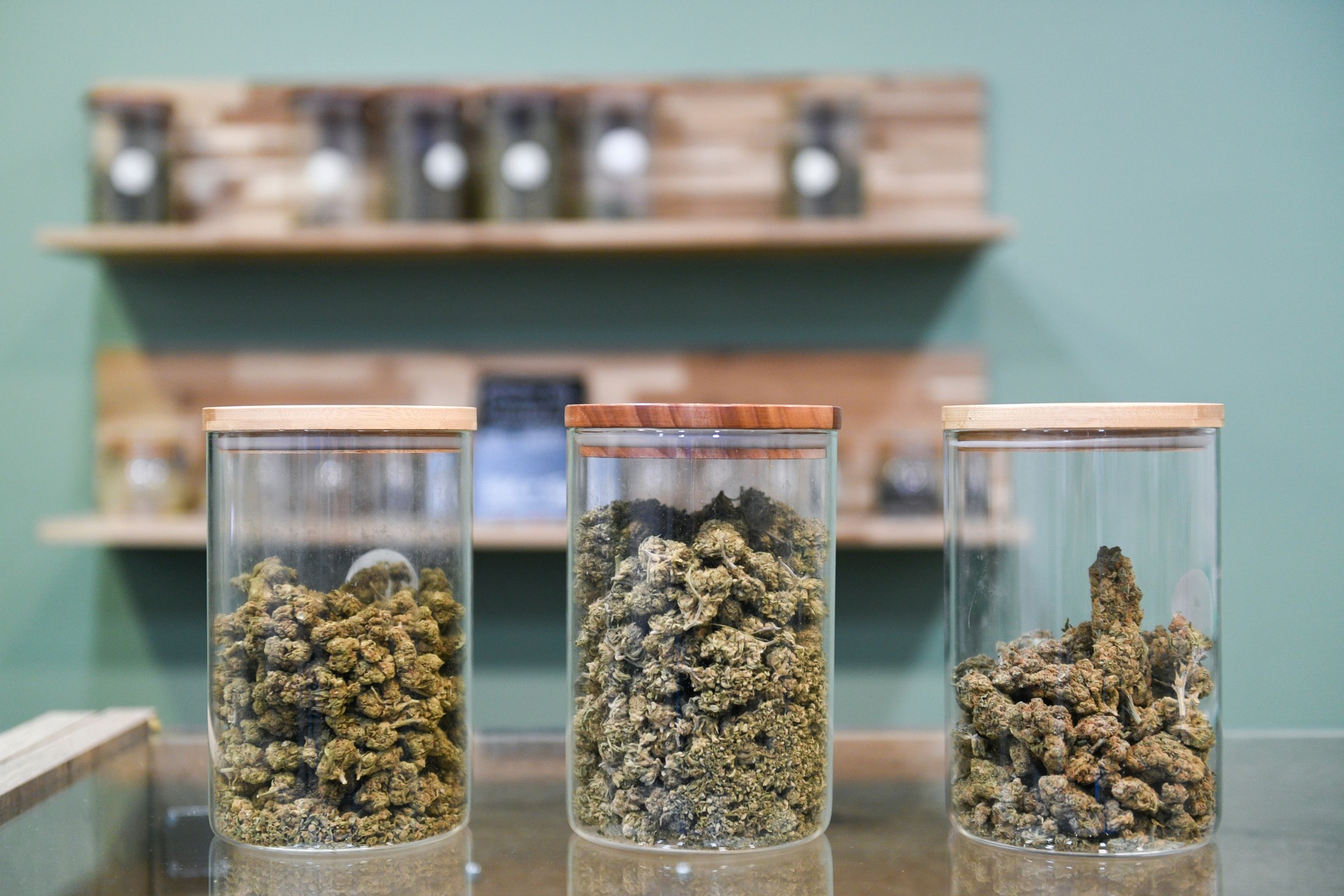Dive into the quirky world of cannabis strain names, from the legendary to the downright ridiculous. Discover how these names shape our choices and the move toward capturing clearer strain information.
For experienced cannabis consumers, with more than just a working knowledge of their bud, it’s easy to recognize common strain names like Blue Dream, OG Kush, Jack Herer, Sour Diesel or Trainwreck. They are familiar names in frequent circulation, which have made their way into smoke worldwide with rave reviews. Many strain names are innocuous, but there are a few strain names that may give a consumer pause.
Many people may not mind buying strains with names like Alien Asshat, Purple Monkey Balls, Bubba’s Bitch, Devil’sTit or Alaskan Thunderfuck. However, there are others who could, understandably, be a bit turned off from a great strain of medicine just because they can’t reconcile asking for a strain called Pineapple Dog Shit from the dispensary with a straight face.
The Cannabis Strain Names Game
What, exactly, is in the name of a strain? Well, not much, according to industry professionals. While some strain names capture the parent and grandparent plants that were used to cultivate the product—some legendary cannabis families include Haze, OG Kush and Cookies—many are just the brain childs of their producers. There are also some names that aim to capture the effects of that strain, but more often than not, strain names typically fail to accurately indicate the genetic profiles, terpene content or present cannabinoids in a plant. Thankfully, dispensaries can let consumers know whether a strain is indica, sativa or hybrid as well as the percentage of THC and CBD but often can’t promise consistent effects due to minor but significant variances in each plant.
There is a case to be made for moving away from strain names, but there has been some backlash from those who feel that strain names are a part of the cannabis culture. However, the counter argument is that eradicating names has less to do with erasing identifiers and more to do with moving towards standardizing strain information to empower patients with the knowledge to choose strains based on effects.
A Step in the Right Direction
There are already some brands and companies that have started to rely less on strain names and instead emphasis the chemical compounds that make up the plant and the effects one should expect after consuming it. Many believe that providing more consistent and clear genomic information, like cannabinoid profiles beyond just THC and CBD, not only helps to legitimize the industry in place where this is an issue, but it can also give consumers an opportunity to make more informed decisions.
Realistically, strain names will probably always have a place in the ever-evolving cannabis industry, but the goal is that the industry will be able to find a way to ensure consistency across the board when it comes to cannabinoid profiles for specific strains. What that means is that strain names will be an indicator of the chemical profile, not just a way to get to smirk or cringe while you’re trying to figure out the best way to medicate.





